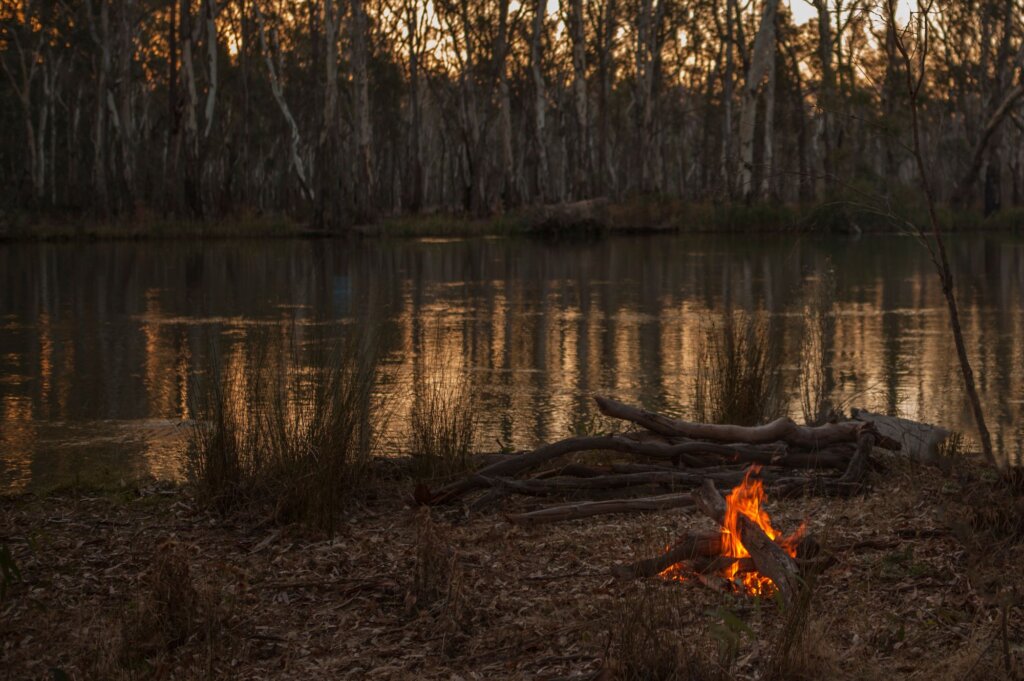2 November 2022
For thousands of years Aboriginal peoples have understood and supported natural water regimes and their ecological importance.
The imposition of the western legal system created numerous barriers to the ongoing custodial relationship with water and waterways.
Across Victoria Traditional Owners are seeking to resume management responsibilities for delivering water onto Country to improve the wellbeing of the waterways, the species they support and the communities who have looked after them for centuries.
The Victorian Government has released Water is Life, its roadmap for Aboriginal Traditional Owner access to water in Victoria.
This will support the work of many Traditional Owner groups, such as the Tati Tati people of northern Victoria, who are striving to establish cultural flows on Country.
The Roadmap represents an important, though incomplete, step forward in water justice for Aboriginal Traditional Owners.
Although the legal fiction of the ‘empty’ Australian continent (terra nullius) was abolished with the 1992 Mabo decision, the legal and practical absence of Aboriginal law and custom in most State-based natural resources legislation remains commonplace.
For water, this was termed ‘aqua nullius’ by Aboriginal scholar Virginia Marshall.

The Roadmap aims to progress recognition of Aboriginal authority and agency over water rights, water landscapes, and water planning and administration.
Innovations such as legal recognition of waterways as ‘living entities’ under Traditional Owner auspices, agreement-making, and institutional innovations such as Traditional Owners as water and landscape managers are significant developments.
The Victorian Government needs to move resolutely toward implementation of these statements.
That implementation will only be effective if there is genuine power-sharing between the State and Traditional Owners over water management to the extent desired and set out by Traditional Owners.
This requires a redistribution of both water and decision-making authority. The various ‘Nation Statements’ included in the second part of the Roadmap identify how Aboriginal communities in Victoria seek to exercise authority and agency over water management.
The major roadblock is deep-seated resistance to redistribution of water rights to Traditional Owners, including in fully allocated water systems. While there have been gestures in this direction, the glaring precondition of the Roadmap is the fortification of the existing water entitlements system.
Transfer of water rights to Aboriginal communities enables, under existing legislation, the greatest degree of influence on water landscapes and ‘river country’. The government has returned small volumes of water to Aboriginal Traditional Owners.
The government anticipates using environmental water holdings as a further means of achieving Traditional Owner influence over water. The vast pool of water subject to regulation (such as diverted or stored for commercial or urban supply) remains untouched. In that respect, Aboriginal Traditional Owners real influence over water, including restoration and healing of rivers and wetlands, is at best uncertain.
Use of environmental water holdings as a means of achieving Aboriginal Traditional Owner outcomes for rivers, wetlands and communities may also be limited by competing demands for that water by non-Aboriginal parties (such as water authorities implementing environmental projects).
In the long run, this approach is not tenable in progressing water justice or the health of rivers and wetlands. It is not tenable for treaty-making. It risks reproducing pyrrhic change, marginal tinkering, and avoiding real redistribution of water resources and decision-making authority that ‘water access’ properly implies.

